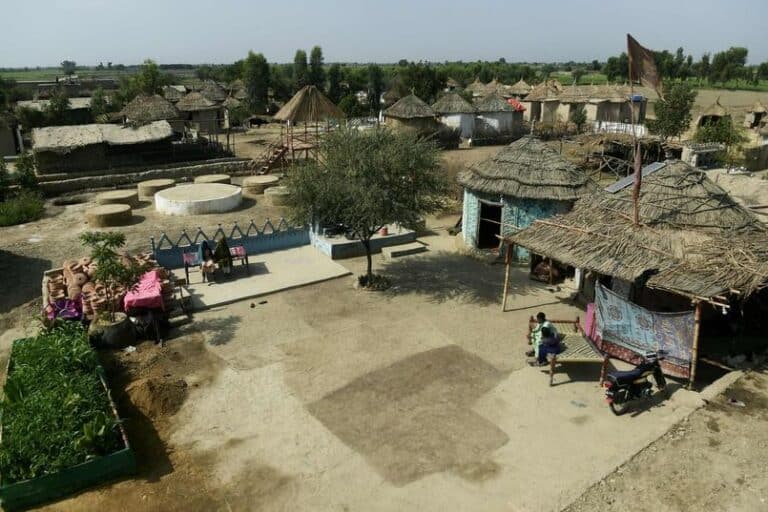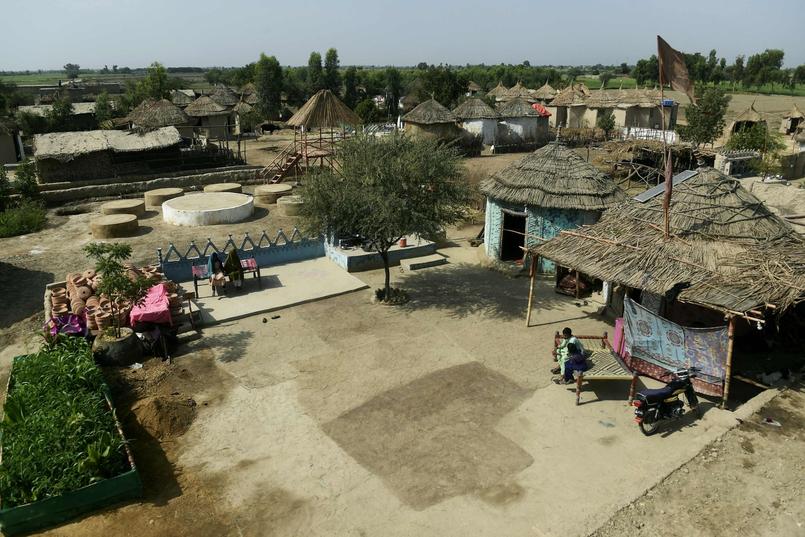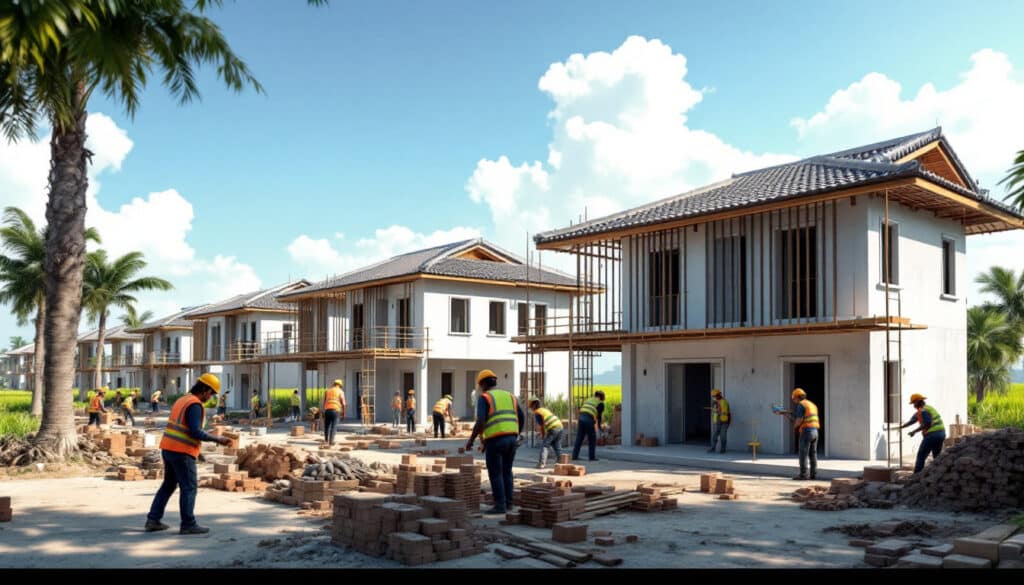The construction sector in Finistère is facing an unprecedented crisis for the year 2024. Local stakeholders are experiencing a record drop in their activities, suggesting heavy consequences. The appointment of Bruno Poupon as president of the Finistère construction federation offers a glimmer of hope in this difficult context. Despite these challenges, innovative initiatives like 3D printing and energy renovation are emerging to redefine the real estate landscape. The rising construction costs and the decline in building permits threaten the stability of the market. The future of housing in Finistère seems to be at a crossroads, between tradition and innovation.
Table of Contents
ToggleCurrent Situation of the Building Sector in Finistère
The building sector in Finistère is going through a delicate period in 2024, marked by economic uncertainties and a continuous rise in construction costs. Bruno Poupon, the new president of the Finistère construction federation, has expressed his concerns regarding the stability of the local market. After several years of crisis, the Finistère building sector is struggling to regain a sustained pace, a direct consequence of the record drop in new construction observed recently. According to the latest statistics, building permits have declined by nearly 10%, an alarming sign for industry stakeholders.
This situation is exacerbated by the skyrocketing prices of materials, making construction projects more expensive and less attractive to investors. The construction costs do not seem poised to decrease in the near future, further complicating the task for builders and future homeowners. The French Building Federation (FFB) has also noted a significant reduction in new housing, fluctuating between 250,000 and 310,000 units this year, according to Bruno Poupon’s estimates.
Meanwhile, the demand for affordable housing remains high, exacerbating the tension between supply and demand. Distribution networks and local stakeholders are encouraged to innovate to overcome these challenges. The current economic uncertainty is pushing professionals to rethink their strategies, often turning towards more sustainable and economically viable solutions.
Implications of Rising Construction Costs
The persistent rise in construction prices has multiple repercussions on the real estate market in Finistère. Firstly, it directly affects mortgage credit, making access to property more difficult for many households. Banks, facing rising costs, are becoming more selective in granting loans, which reduces the purchasing power of potential buyers. Furthermore, the rising prices of materials contribute to a general elevation of construction costs, making projects less profitable for builders.
This price surge also has a notable environmental impact. The search for cheaper materials can often compromise standards of quality and sustainability, leading to less resilient and more energy-intensive constructions. In response, some industry players are turning to innovative alternatives, such as 3D printing, to reduce costs while maintaining high construction standards.
Moreover, building lots are becoming increasingly expensive, limiting urban expansion and encouraging urban sprawl. This situation poses a major challenge for mayors and urban planners, who must balance development needs with the preservation of natural and agricultural spaces.
Energy Renovation: A Strategic Focus
In this tense economic context, energy renovation has become a priority for construction stakeholders in Finistère. Bruno Poupon emphasized the importance of this area in his new mandate, aiming to improve the energy efficiency of buildings and reduce long-term costs. Energy renovation is not merely a simple upgrade of infrastructure; it also encompasses the integration of advanced technologies and innovative materials.
This initiative aligns with national objectives for ecological transition, aiming to reduce the carbon footprint of the construction sector. Grant and tax incentive programs are increasingly emphasized to encourage homeowners and businesses to invest in sustainable energy solutions. The adoption of passive houses, for example, significantly reduces heating and cooling needs, thus lowering energy expenses for occupants.
Furthermore, energy renovation promotes the creation of local jobs, particularly in the field of sustainable construction. Craftspeople and specialized companies are benefiting from new market opportunities, thus stimulating the regional economy. This positive dynamic contributes to reinforcing the sector’s resilience against current economic challenges.
Technological Innovations Facing Construction Challenges
In response to rising costs and environmental constraints, construction stakeholders in Finistère are exploring innovative technological solutions to optimize their construction processes. Among these innovations, 3D printing stands out as a potential revolution in the sector. This technology allows for reduced construction times and associated costs while offering increased flexibility in building design. To learn more about this revolutionary technology, visit 3D Printing: Everything You Need to Know.
A concrete example of this innovation is the emergence of affordable 3D printed houses on the space coast, providing an economical and ecological alternative to traditional construction methods. These houses present a fascinating case study, demonstrating the viability and efficiency of this technology in demanding environments.
Additionally, local companies like Guimaëc are innovating by offering straw-bale houses for sale on rented land, adopting an original approach to housing that combines sustainability and accessibility. This initiative reflects the commitment of Finistère stakeholders to more environmentally friendly and economically viable construction solutions.
Moreover, local purchasing is gaining importance in light of rising material and land prices. This trend towards a mostly Canadian construction represents a dream come true for many residents, promoting the local economy and reducing the carbon footprint of construction projects. To discover how local purchasing is becoming prominent, visit Local purchasing in the face of rising prices.
Outlook for 2024: What Can We Expect?
As the construction sector in Finistère seeks to navigate through an uncertain 2024, the outlook remains mixed. On one hand, the approval of the 2025 budget by the FFB provides a glimmer of hope, allowing for a more positive vision for the months to come. This decision is seen as a sign of stabilization of economic policies and a possible revival of the sector. Bruno Poupon hopes that these measures will strengthen the confidence of investors and builders, thus stimulating economic recovery.
However, challenges persist. The construction crisis is far from calming down, and urgent measures are still needed to stabilize the market. Olivier Salleron, president of the FFB, emphasized during a press conference that even during the summer, the decline in new construction remains concerning. This trend worries not only construction professionals but also future homeowners who see their projects compromised by rising costs and diminishing financing opportunities.
In the short term, it is likely that construction prices will continue to reflect current trends, remaining high due to sustained demand and limited supply of materials. However, the growing adoption of innovative technologies and sustainable practices could help mitigate these increases in the long term. The integration of solutions such as passive houses and 3D printing could transform the construction landscape, making projects more affordable and eco-friendly.
In conclusion, although construction prices remain high, the efforts made by sector stakeholders in Finistère demonstrate a determination to overcome current obstacles. Technological innovation, energy renovation, and local initiatives offer promising avenues for a more stable and sustainable future in the real estate sector.
















